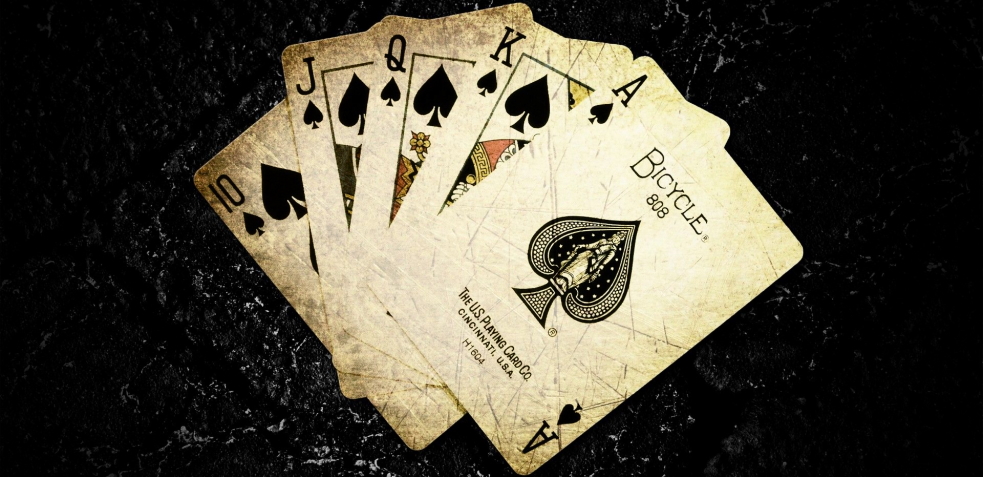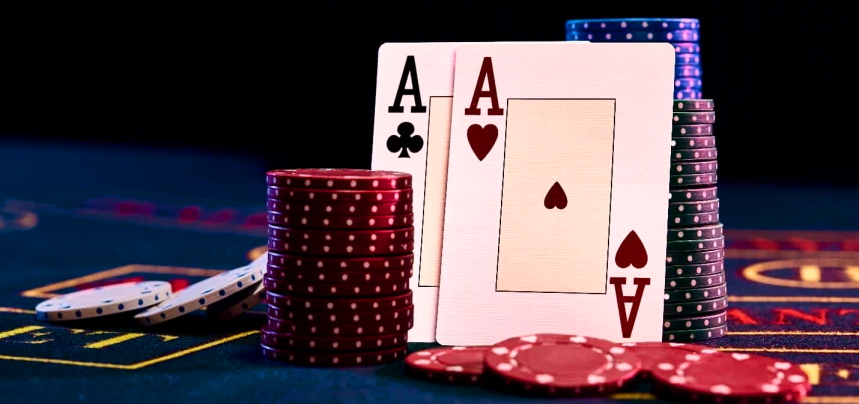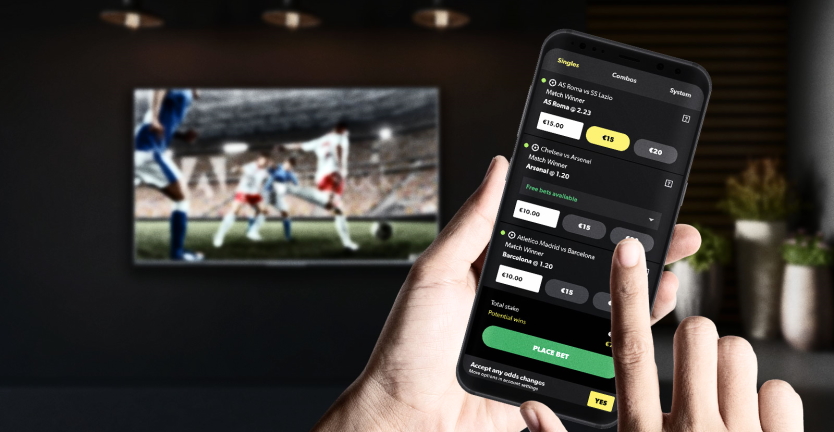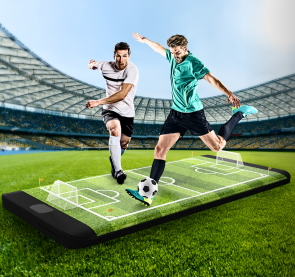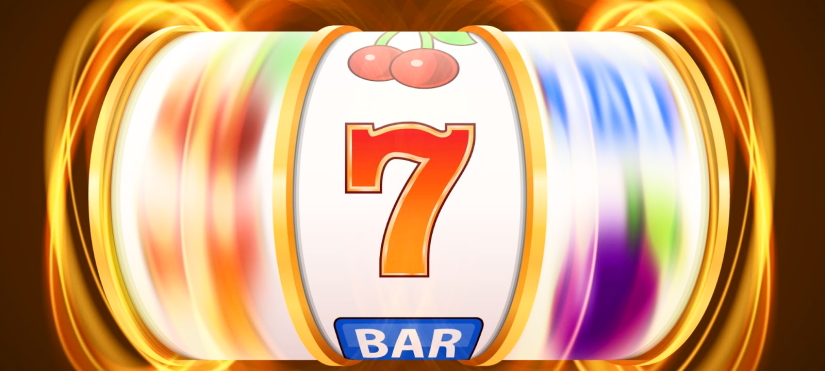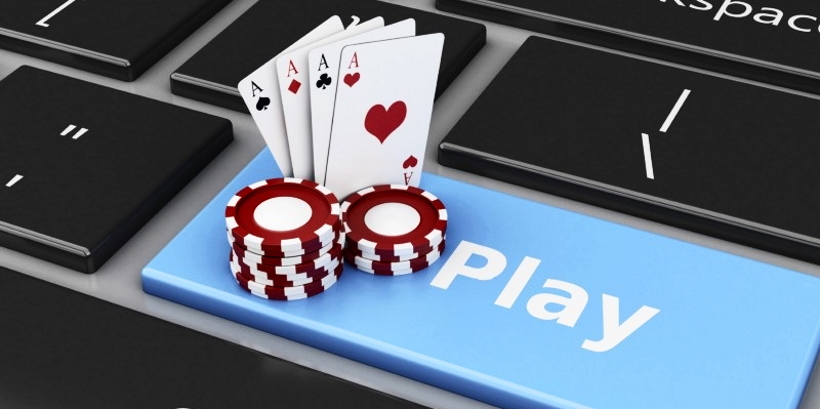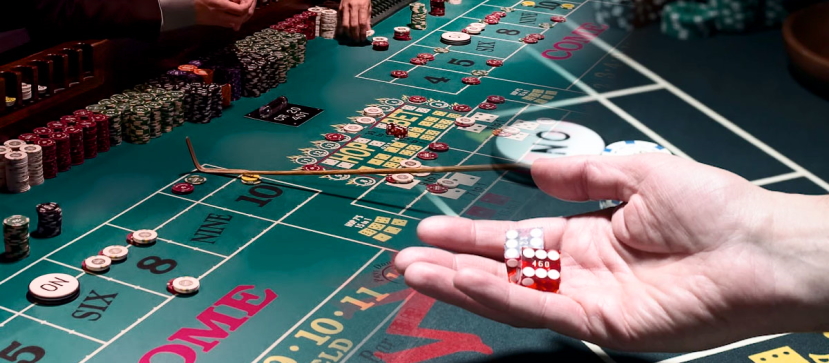 The September 11, 2001 terror attacks, Hurricane Katrina and the 2011 East Coast earthquake all share something in common – each caused massive mobile phone service disruption for millions of Americans.
The September 11, 2001 terror attacks, Hurricane Katrina and the 2011 East Coast earthquake all share something in common – each caused massive mobile phone service disruption for millions of Americans.
Mobile call volume simply overwhelmed provider capacity during these incidents.
The desire to call loved ones after an emergency or disaster is natural. However, preparedness experts universally agree that during an emergency and its immediate aftermath, communicating via SMS text messaging should be your first choice.
40% of cell owners said they found themselves in an emergency situation in which having their phone with them helped
This is because non-essential calls often shutdown wireless phone service and prevent 911 calls from getting through and emergency personnel being unable to communicate with each other. In fact, just a single one-minute phone call takes up the same bandwidth as 800 short SMS text messages.
Also, unlike phone calls, text messages get through even when the network is congested. Even if it gets a “busy signal” on its first try the text system will continue to keep trying to deliver your message. This makes text messaging perfect for sending non-emergency messages like “R U OK” and “I M OK.” What if you are not okay and need help, check out our Text First FAQs.
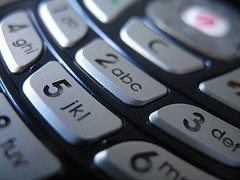 So remember, after a flood, earthquake, hurricane or tornado, use your wireless device to Text First. Talk Second.™
So remember, after a flood, earthquake, hurricane or tornado, use your wireless device to Text First. Talk Second.™
Want to do more?
-
- Download the free The Safety App to your Droid phone.
-
- Take the Pledge! Join hundreds of thousands of your fellow citizens in pledging to participate in a preparedness texting drill. See below for examples.
-
- Get the word out. Let your family and friends know if a natural or man-made disaster happens in your vicinity that the best way to check-in with you is to first try and contact you via text message.
-
- Make sure everyone in your family knows how to use the text messaging function on their mobile phone. If they don’t, teach them.
- Finally, this September (National Preparedness Month), do one of the following texting activities:
Drill A – Family/Friend/ Emergency Contact: Send, Receive, and Confirm text message with family member or friend.
1. Individual sends a text message to a family member and/or friend during the exercise, e.g., “I M OK”/ “R U OK”
2. Family member/friend responds with “I M OK”
Drill B – Employer to Employee Groups: Send, Receive and Confirm text messages with employees.
1. Employer sends text message to employees announcing a drill, e.g., “This is a texting drill through the alert notification system. For more information on preparedness, please go to www.safeamericaprepared.org (or insert organization website) or contact (supervisor, safety department, etc.) for more information.”
2. Employees respond by going to the website and/or making the suggested contact for more information on preparedness.

